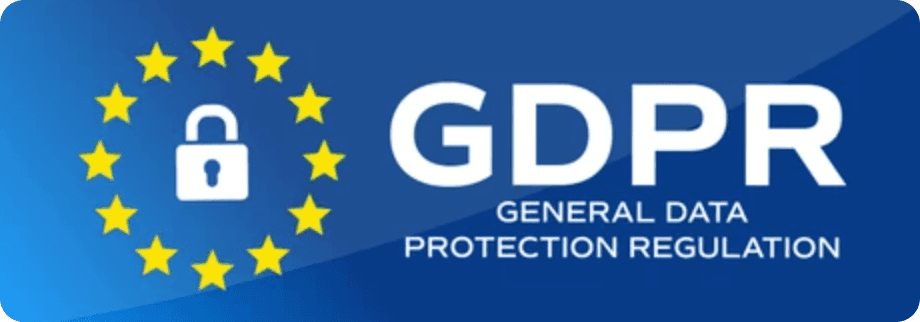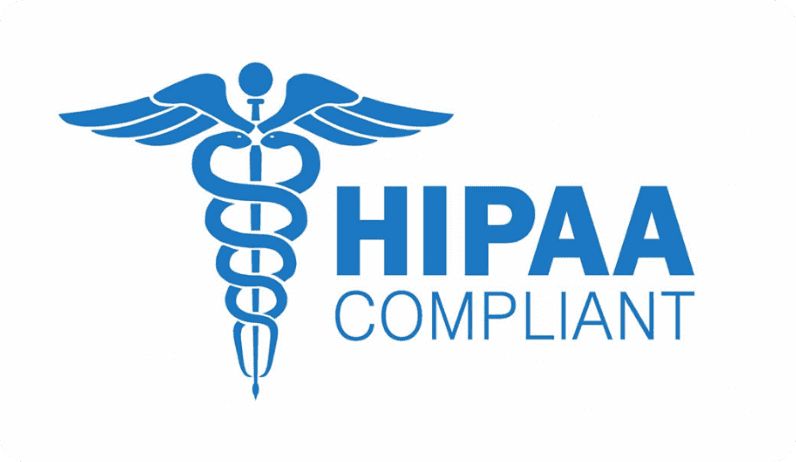PR
Aug 5, 2025
The Future of Work: Optimistic Vision, Unmeasured Reality

Joelle Kaufman
From Larridin


AI is impacting the job market for new graduates significantly, but Peter Bendor-Samuel’s thoughtful piece in Forbes outlines a vision of the future that ultimately creates more opportunity. I read about the future of work being “human-led and AI-powered.” His optimism resonates, but so do the gaps in his argument.
Bendor-Samuel paints a compelling picture: AI will handle the “human robot” tasks, freeing us for more integrative, strategic work. Productivity gains will create new jobs, higher wages, and more meaningful work. Historically, he’s right—”productivity gains have led to an expansion in the volume and scope of work, not a net reduction.”
But here’s what keeps me up at night: We don’t know if it’s working yet.
The AI Measurement Paradox
AI is making me more efficient and faster—but it requires significant thought about my precise needs. It’s not replacing my strategic thinking; it’s demanding more of it. This aligns with Bendor-Samuel’s vision of humans providing direction while AI handles execution.
But here’s the measurement problem: How do I know this is actually working? How does any organization know?
Companies like IBM are reducing roles in areas where AI automates tasks while ramping up hiring in high-growth functions. That sounds promising until you realize we have no systematic way to measure whether this creates the meaningful work Bendor-Samuel describes or just different work with AI.
Is AI creating more meaningful work?
Bendor-Samuel talks about dramatic productivity increases and humans moving to higher-value work, but he doesn’t address the crucial question: How do we actually know if human-AI collaboration is creating the meaningful work he envisions versus just creating busy work with AI?
We know job statistics for recent graduates are the worst ever. We know AI companies are growing faster than ever. But we don’t know the impact on other businesses and people—and we don’t have a reliable way to measure it.
Here’s what makes it worse: Most enterprises don’t even know what AI solutions their teams are using, let alone whether they’re being used optimally. Marketing has Jasper, sales is using Apollo, customer service deployed a different chatbot, and finance is quietly using ChatGPT Plus “just for productivity.” IT discovers these tools during security audits, not strategic planning sessions.
If we can’t see what AI tools we have, how can we measure whether they’re creating the meaningful work transformation Bendor-Samuel describes? We’re flying blind during the largest technology transformation in business history.
This isn’t just an academic question. It’s the difference between AI transformation and AI theater. Between productivity gains that create wealth and AI adoption that creates complexity. Between the bright future Bendor-Samuel describes and a generation stuck between the old world of work and a new one that hasn’t fully materialized.
The Measurement Gap We Must Address
The most successful transformations in business history—from industrialization to digitization—succeeded because leaders could measure what was working and what wasn’t. They could see productivity gains, track cost savings, and prove business impact.
Today’s AI transformation is happening largely on faith. We’re optimistic about the future Bendor-Samuel describes, but we’re operating without the measurement infrastructure to know if we’re achieving it.
Until we can answer “How do we know this is working?” with data instead of anecdotes, we’re asking an entire generation to bet their careers on a future we can’t prove we’re creating.
The optimistic vision is worth pursuing. But it requires the intelligence to know whether we’re getting there.





